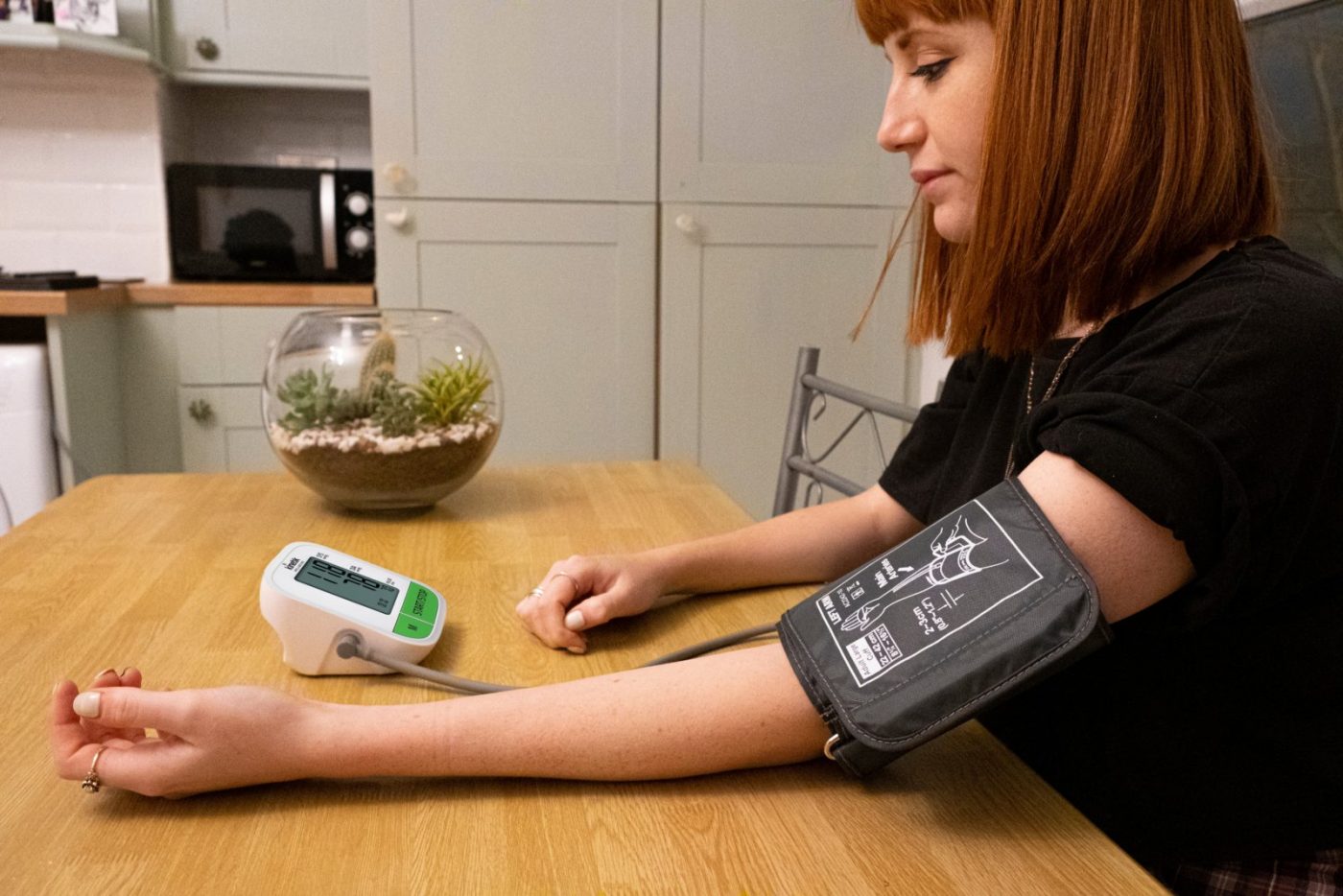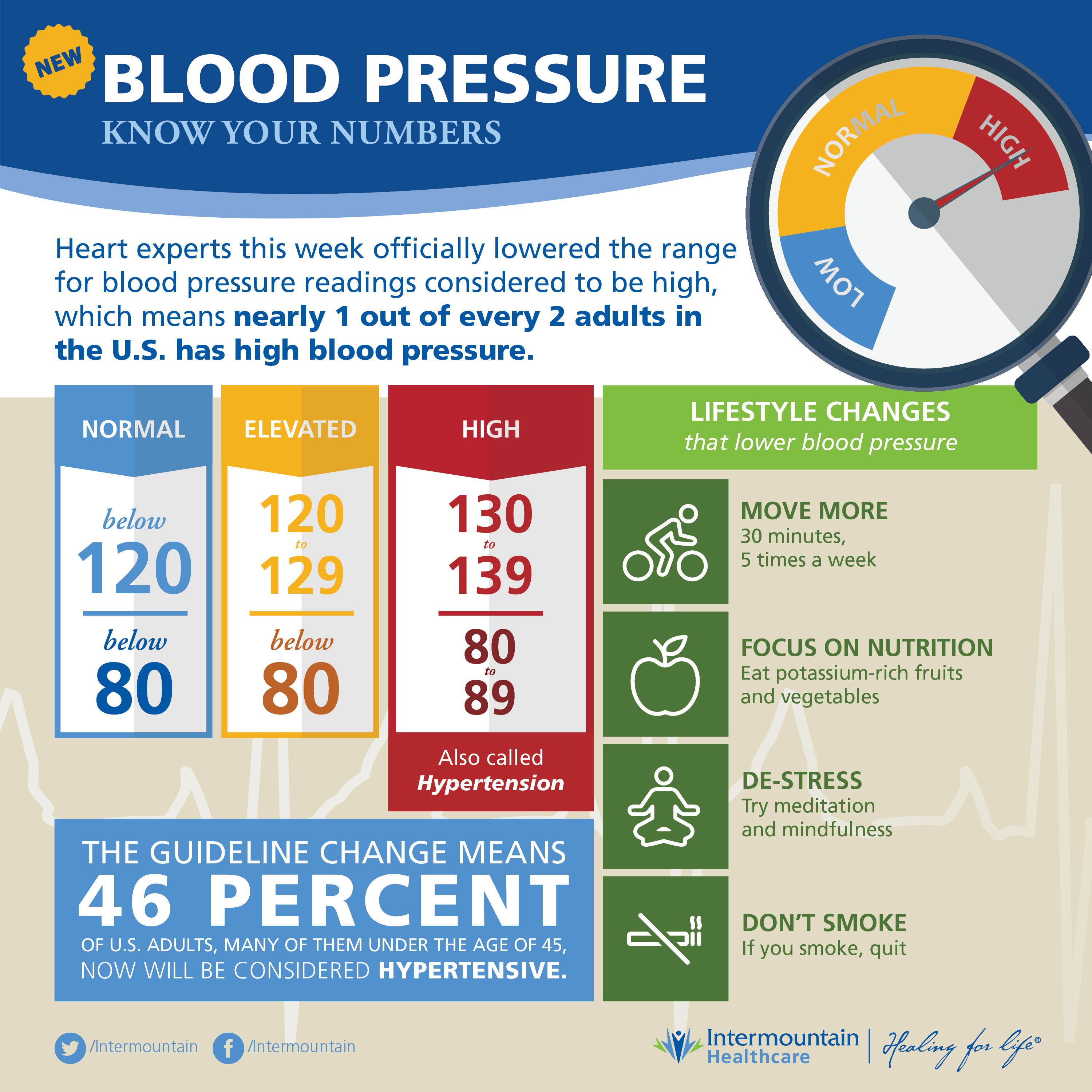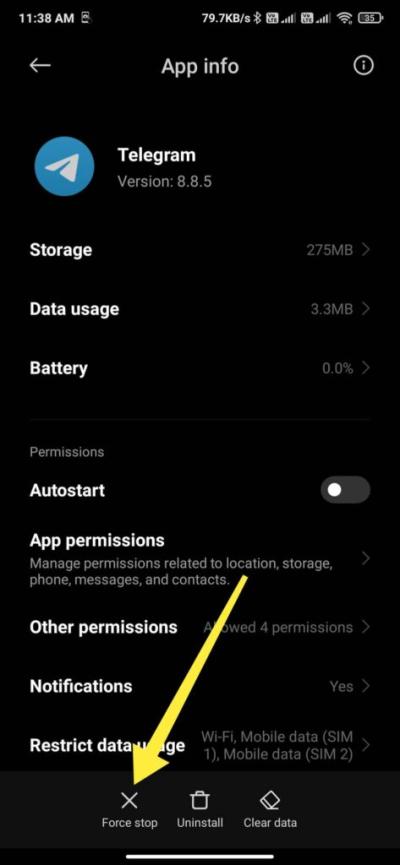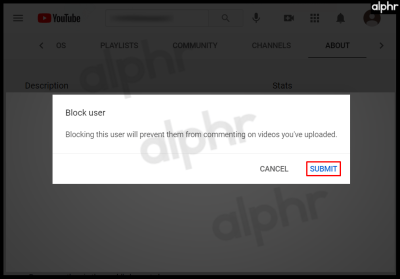Blood pressure is a vital sign that reflects the force exerted by circulating blood against the walls of the body's arteries. Understanding blood pressure is crucial for maintaining good health, as it can help identify potential health issues before they become severe. Typically measured in millimeters of mercury (mmHg), blood pressure is represented by two numbers: systolic and diastolic. The systolic pressure, the first number, indicates the pressure when the heart beats, while the diastolic pressure, the second number, shows the pressure when the heart rests between beats.
Normal blood pressure readings are generally around 120/80 mmHg. However, the American Heart Association classifies blood pressure into different categories:
- Normal: Less than 120/80 mmHg
- Elevated: 120-129/
- Hypertension Stage 1: 130-139/80-89 mmHg
- Hypertension Stage 2: 140 or higher/90 or higher mmHg
- Hypertensive Crisis: Higher than 180 and/or higher than 120 mmHg
It's pretty easy to measure blood pressure at home with the right tools, and today, we even have the option of checking it through engaging video tutorials. These resources can guide you through the process, making it accessible and straightforward for anyone. So let’s dive deeper into why keeping an eye on your blood pressure is so important!
Importance of Monitoring Blood Pressure

Monitoring blood pressure is essential for everyone, not just those who are diagnosed with hypertension. Here are some reasons why keeping track of your blood pressure should be high on your health priority list:
- Prevention of Heart Disease: High blood pressure can lead to serious conditions, including heart disease and stroke. By monitoring it regularly, you can avoid these risks.
- Early Detection: Regular checks can help identify any spikes or drops in blood pressure early on. This empowers you to seek medical advice promptly, potentially preventing complications.
- Management of Existing Conditions: If you're already under medication for hypertension, regular monitoring helps you and your doctor evaluate how well your treatment is working, allowing for timely adjustments.
- Increased Awareness: Regularly checking your blood pressure fosters a greater awareness of your overall health, encouraging better lifestyle choices regarding diet and exercise.
For those with conditions like diabetes or kidney disease, monitoring blood pressure is even more critical. Keeping it within a normal range can help prevent further health complications. So, don't wait! Start making blood pressure monitoring part of your routine—it's a small step that goes a long way in taking charge of your health.
3. Overview of the Video Tutorial

In today's fast-paced world, health concerns shouldn't take a backseat, and understanding how to monitor your blood pressure is crucial. This video tutorial is designed to demystify the process and equip you with the skills you need to accurately check your blood pressure at home.
The tutorial is structured to ensure that even those who are new to the concept can follow along easily. It begins with a brief introduction to blood pressure, explaining what it is and why it matters. You'll learn about the two readings involved: the systolic and diastolic pressures. But don't worry, the video breaks down these medical terms into easy-to-understand language!
Next, the tutorial transitions to the equipment you'll need, showcasing both manual sphygmomanometers and digital blood pressure monitors. You'll see these devices in action, getting familiar with how they look and operate. The video also emphasizes the importance of measuring blood pressure in a calm setting for accurate results.
Throughout the tutorial, you'll find tips and tricks sprinkled in, like the ideal positions for sitting and where to place the cuff. You’ll also receive guidance on how often you should check your blood pressure, so you stay on top of your health. It's not just information—it's a visual learning experience designed to empower you with knowledge.
By the end of this overview, viewers will not only have a solid theoretical understanding but also feel confident in their ability to monitor their own blood pressure regularly.
4. Step-by-Step Guide to Checking Blood Pressure
Ready to take control of your health? Let’s dive into the step-by-step guide on how to check your blood pressure! Remember, each step is important, so pay attention!
- Gather Your Equipment: You’ll need a blood pressure monitor (either manual or digital) and a comfortable place to sit.
- Find a Quiet Space: Choose a calm environment where you can relax for about 5 minutes before measuring.
- Sit Correctly: Sit with your back supported, feet flat on the floor, and the arm you're using should be at heart level.
- Apply the Cuff: Wrap the cuff around your upper arm, a little above the elbow. Make sure it’s snug but not too tight.
- Start the Monitor: If you’re using a digital device, simply press the button to start. For manual devices, use the bulb to inflate the cuff gradually.
- Record the Readings: Once the reading is complete, note the systolic (top number) and diastolic (bottom number) values. For example, a reading might be 120/80 mmHg.
- Repeat if Necessary: If you are unsure about the first reading, wait a minute and check again. This is completely normal!
- Log Your Results: Keep a journal of your readings over time to track your blood pressure trends.
Don’t forget, your blood pressure can fluctuate based on numerous factors. If you notice any consistently high or low readings, be sure to consult with a healthcare professional for guidance. And there you have it! It’s an easy process once you get the hang of it!
Common Mistakes to Avoid
When checking your blood pressure, it's vital to be aware of common mistakes that can lead to inaccurate readings. Let’s dive into some of these pitfalls, so you can ensure you’re getting the most reliable information about your health.
- Improper Arm Position: Always position your arm at heart level. If your arm is too high or too low, it can distort the reading.
- Incorrect Cuff Size: Using a cuff that is too small or too large can lead to false readings. Make sure you’re using the right size for your arm circumference.
- Speaking or Moving: Try to stay still and quiet while taking your reading. Speaking or fidgeting can elevate your blood pressure, causing an inaccurate measurement.
- Taking Measurements at the Wrong Times: It’s best to check your blood pressure at the same time each day for consistency. Avoid checking it right after exercise, eating, or during stressful situations.
- Ignoring Guidelines: Each device comes with its own set of instructions. Not following these guidelines can result in errors. Always read the manual!
By steering clear of these common mistakes, you can ensure that your blood pressure readings are as accurate as possible. Remember, consistency and technique are key!
When to Consult a Healthcare Professional
Knowing when to seek medical advice regarding your blood pressure is crucial. Here are some important scenarios where you should consider consulting a healthcare professional:
- High Readings: If you consistently record blood pressure readings over 140/90 mmHg, it’s essential to talk to a healthcare provider.
- Low Readings: Conversely, if your readings drop below 90/60 mmHg and you feel dizzy or faint, it’s time to consult a doctor.
- Symptoms of Hypertension: If you experience symptoms like severe headaches, vision changes, or shortness of breath, it’s crucial to seek immediate medical attention.
- Medication Management: If you’re on blood pressure meds and have concerns about your dosage or side effects, talking to a healthcare professional is vital.
- Regular Monitoring for At-Risk Individuals: If you have a family history of heart disease, diabetes, or obesity, regular check-ups with a healthcare provider are essential.
In general, don’t hesitate to reach out. Your health is paramount, and a healthcare professional can provide tailored advice to help keep your blood pressure in check.
How to Check Blood Pressure with Video Tutorial
Monitoring blood pressure is crucial for maintaining overall health, especially for individuals with conditions like hypertension. Knowing how to check blood pressure accurately can help you and your healthcare provider make informed decisions about your health. This guide offers a step-by-step process, accompanied by a video tutorial that visually demonstrates the technique.
*Materials Needed:
- Blood pressure monitor (automated or manual)
- Comfortable place to sit
- Stethoscope (if using a manual monitor)
- Notebook or app to record readings
Step-by-Step Instructions:
- Prepare Yourself: Ensure you are sitting comfortably with your back supported. Rest for five minutes before taking a measurement.
- Position the Cuff: Wrap the blood pressure cuff around your upper arm, just above the elbow. The cuff should fit snugly but not too tight.
- Start the Monitor: For automated monitors, press the start button. For manual monitors, inflate the cuff using the bulb while listening to the pulse with a stethoscope.
- Read the Results: Note the systolic (top number) and diastolic (bottom number) readings displayed on the monitor, or where the pulse sound stops and starts in manual monitoring.
- Record the Results: Keep a record of your measurements, noting the time and conditions for better tracking.
Watch the Video Tutorial:
For a visual demonstration, watch our comprehensive video tutorial that breaks down the blood pressure checking process step-by-step. It also includes tips for common mistakes to avoid.
Conclusion and Key Takeaways:*
Regularly checking your blood pressure can provide vital insights into your health. Follow the outlined steps and utilize the video tutorial for a thorough understanding. Always consult your healthcare provider for personalized guidance based on your readings.
 admin
admin








